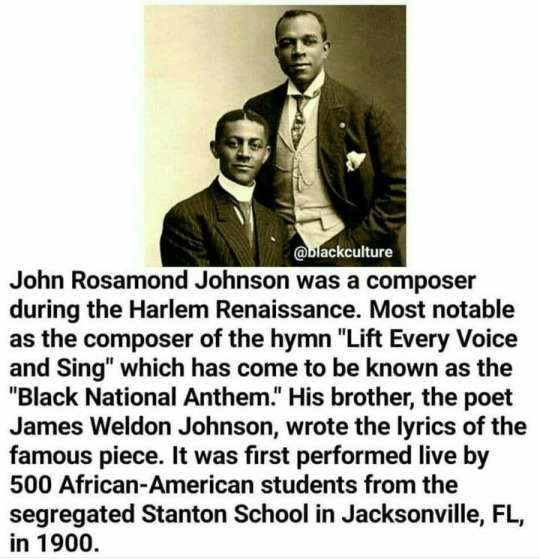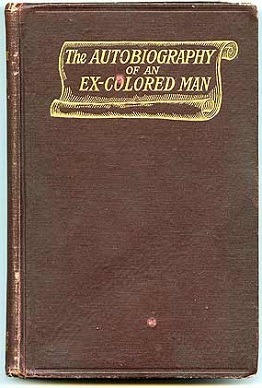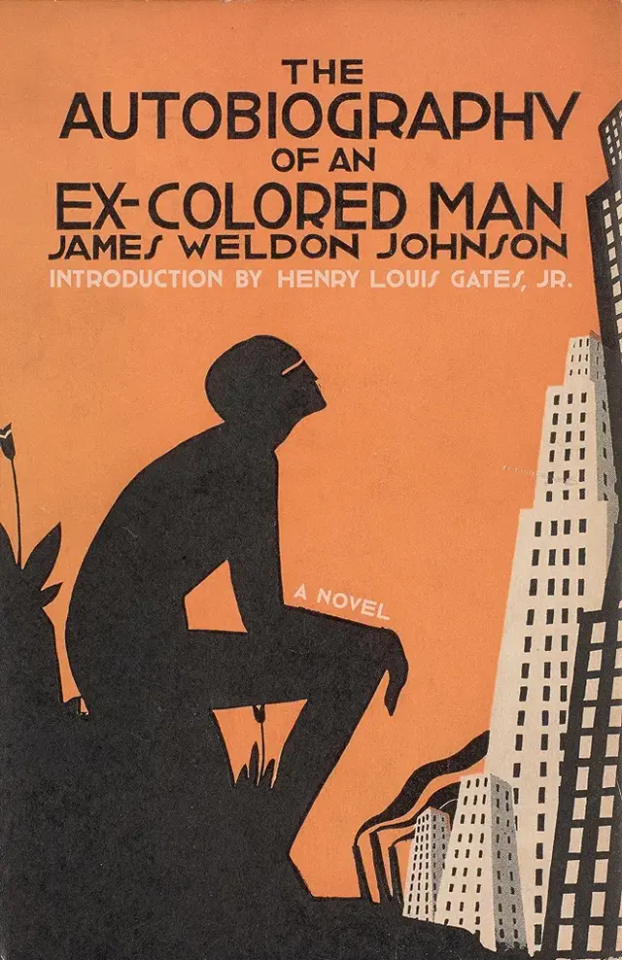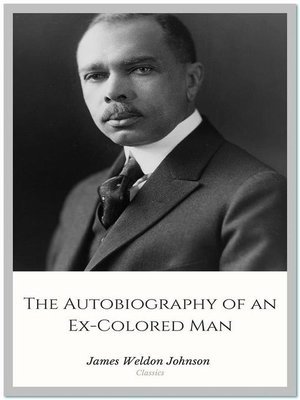#James Weldon Johnson
Explore tagged Tumblr posts
Text

James Weldon Johnson (June 17, 1871 – June 26, 1938) was an American writer and civil rights activist. He was married to civil rights activist Grace Nail Johnson. Johnson was a leader of the National Association for the Advancement of Colored People (NAACP), where he started working in 1917. In 1920, he was chosen as executive secretary of the organization, effectively the operating officer.He served in that position from 1920 to 1930. Johnson established his reputation as a writer, and was known during the Harlem Renaissance for his poems, novel and anthologies collecting both poems and spirituals of Black culture. He wrote the lyrics for "Lift Every Voice and Sing", which later became known as the Black National Anthem, the music being written by his younger brother, composer J. Rosamond Johnson.
#melanin#black is beautiful#black is better#beautiful#love yours#black king#black kings#black history month#James Weldon Johnson
33 notes
·
View notes
Text
20 notes
·
View notes
Text

96 notes
·
View notes
Text

Laura Wheeler Waring, “Girl with Pomegranate”, ca. 1940, oil on canvas

Winold Reiss, “Langston Hughes”, 1925, Pastel on illustration board

Winold Reiss, “Alain Leroy Locke”, 1925, Pastel on illustration board
The Harlem Renaissance and Transatlantic Modernism at The Metropolitan Museum of Art showcases some of the outstanding work created during this time period. The exhibition also provides some background on the artists, their peers in the art world, and their community.
From the museum-
The Harlem Renaissance emerged in the 1920s as one of the era’s most vibrant modes of artistic expression. The first African American-led movement of international modern art, it evolved over the next two decades into a transformative moment during which Black artists developed radically new modes of self-expression. They portrayed all aspects of the modern city life that took shape during the early decades of the Great Migration, when millions of African Americans left the segregated rural South in search of freedom and opportunity in Harlem and other expanding Black communities nationwide.
This exhibition explores how artists associated with the “New Negro” movement-as the Harlem Renaissance was originally known, after influential writings by the philosopher Alain Locke and others-visualized the modern Black subject. It reveals the extensive connections between these artists and the period’s preeminent writers, performers, and civic leaders. At the same time, it reconstructs cross-cultural affinities and exchanges among the New Negro artists and their modernist peers in Europe and across the Atlantic world, often established during international travel and expatriation.
This complex, multilayered story unfolds through portraits, scenes of city life, and powerful evocations of Black history and cultural philosophy. Highlights include seldom-seen works from historically Black colleges and universities and culturally specific collections. Across its broad sweep, opening with founding ideas and concluding with activist imagery made on the cusp of the civil rights era, it establishes the critical role of the Harlem Renaissance in the history of art as well as the period’s enduring cultural legacy.

Horace Pippin, “Self Portrait”, 1944, Oil on canvas, adhered to cardboard; and “The Artist’s Wife”, 1936, Oil on linen
The caption for the above paintings reads-
Contemporary artist Kerry James Marshall has described Pippin’s self-portrait as a “monumental statement of self-confidence.” In this small painting, tightly cropped at bust length, Pippin gazes confidently at the viewer, his firmly drawn likeness reflecting a well-disciplined hand. Pippin portrayed his wife, Jennie Ora Fetherstone Wade Giles, at three times the scale of his own image, but he unified the two paintings by using a similar palette. Jennie’s blue dress is echoed in the background of his portrait, while the background of her portrait is picked up in the artist’s tie and button-down shirt.
The portraits in the exhibition are not the only standouts. Below are a few more selections.

Suzanna Ogunjami, “Full Blown Magnolia”, 1935, oil on burlap

William H. Johnson, “Flowers”, 1939-40, oil on plywood


Aaron Douglas, “The Creation”, 1935, and "Aspiration", 1936,Oil on masonite
From the museum about artist Aaron Douglas–
A core objective of the Harlem Renaissance was to portray the history and cultural philosophy that gave shape to a specifically African American identity and worldview. The artist Aaron Douglas, whose monumental murals earned him acclaim as the period’s foremost history painter, was also respected for his masterful use of biblical allegory to convey aspirations for freedom, equality, and opportunity.
Douglas first developed his signature silhouette figural compositions-derived in part from Cubism, Egyptian tomb reliefs, and American popular culture-for book and magazine cover illustrations in the late 1920s. He later elaborated this distinctive style in large-scale works for public projects and institutional commissions nationwide as well as at Fisk University in Nashville, where he established the art department and taught for thirty-eight years. Both Douglas and the sculptor Augusta Savage, founder of a Harlem community art school, created art inspired by the work of the author and composer James Weldon Johnson.

Laura Wheeler Waring, “Mother and Daughter”, 1927, Oil on canvas board
About Laura Wheeler Waring’s painting Mother and Daughter from the museum-
Mother and Daughter is perhaps the most direct engagement by a prominent Black artist of this era with the controversial topic of racially mixed families; its very existence was a disruption of the silence on the subject within certain segments of society. Waring experimented with some of the modernist pictorial devices favored by Alain Locke in her portrayal of a Black mother and her white-presenting daughter, rendering them not as specific individuals but as generic types emblematic of the omnipresence of racially mixed families. Flattening their near-identical facial features in profile, Waring established the true subject of the painting via the title and through the work’s most prominent element: the divergent skin tones that point to the subjects’ radically different paths through a social life defined by color lines.

Beauford Delaney, “Dark Rapture (James Baldwin)”, 1941, Oil on masonite
Finally, this portrait of James Baldwin by Beauford Delaney was also a highlight.
From the museum about the work-
Delaney met the writer and civil rights activist James Baldwin in 1940. Finding common ground on multiple fronts-intellectual, social, and artistic-the two gay men began a friendship that would last thirty-eight years. Dark Rapture, the first of Delaney’s several portrayals of Baldwin, presents the author in a thickly painted, expressive tonal study of reds, browns, and blues against a brightly hued landscape. Both introspective and joyous, Dark Rapture stands as a visual manifestation of queer camaraderie, identity, and the search for belonging in the modern world.
This exhibition closes 7/28/24.
#Harlem Renaissance#The Metropolitan Museum of Art#Aaron Douglas#Alain Locke#Art#Art Show#Art Shows#Augusta Savage#Beauford Delaney#Horace Pippin#James Baldwin#James Weldon Johnson#Langston Hughes#Laura Wheeler Waring#New York Art#New York Art Shows#NYC Art Shows#Painting#Suzanna Ogunjami#The Met#William H. Johnson#Winold Reiss
21 notes
·
View notes
Text

Today In History
James Weldon Johnson, co-composer of the “Black National Anthem (Life Every Voice and Sing)” and the first Black person admitted to the Florida Bar, was born in Jacksonville, FL, on this date June 17, 1871.
A key figure of the Harlem Renaissance, James Weldon Johnson was a man of many talents. He was a distinguished lawyer and diplomat who served as executive secretary at NAACP, where he helped open new branches and expand membership.
He also campaigned for a federal anti-lynching bill and spoke at the 1919 National Conference on Lynching.
Johnson used every bit of his position to fight against segregation and voter disenfranchisement in South.
CARTER™️ Magazine
#wherehistoryandhiphopmeet#historyandhiphop365#cartermagazine#carter#staywoke#blackhistory#blackhistorymonth#history#today in history#carter magazine#black and white#james weldon johnson
17 notes
·
View notes
Text

"The Autobiography of an Ex-Colored Man" by James Weldon Johnson is the fictional telling of the story of a young biracial man, referred to only as the "Ex-Colored Man", living in post Reconstruction era America in the late nineteenth and early twentieth century. The Ex-Colored Man was forced to choose between embracing his black heritage and culture by expressing himself through the African-American musical genre ragtime, or by "passing" and living obscurely as a mediocre middle-class white man. Though the title suggests otherwise, the book is not an autobiography but a novel. However, the book is based on the lives of people Johnson knew and from events in his own life. Johnson's text is an example of a "roman à clef."






15 notes
·
View notes
Text
My City by James Weldon Johnson
When I come down to sleep death's endless night, The threshold of the unknown dark to cross, What to me then will be the keenest loss, When this bright world blurs on my fading sight? Will it be that no more I shall see the trees Or smell the flowers or hear the singing birds Or watch the flashing streams or patient herds? No. I am sure it will be none of these.
But, ah! Manhattan's sights and sounds, her smells, Her crowds, her throbbing force, the thrill that comes From being of her a part, her subtle spells, Her shining towers, her avenues, her slums-- O God! the stark, unutterable pity, To be dead, and never again behold my city.
2 notes
·
View notes
Text

LITERARY DIGEST, March 26, 1927


8 notes
·
View notes
Text
Craig Harris: A Visionary in Jazz and Beyond
Introduction: Craig Harris is not just a jazz trombonist—he is a visionary who has used music as a medium for social change, cultural commentary, and boundary-breaking innovation. Since the late 1970s, Harris has been a vital force in the avant-garde and free jazz scenes, working alongside some of the most prominent and creative figures in music. From his early days with the legendary Sun Ra…
#Abdullah Ibrahim#Aboriginal Affairs#Anthony Cox#Arkestra#Black Bone#BREATHE#Brown Butterfly#Cecil Taylor#Charlie Haden#Cold Sweat#Craig Harris#David Murray#Dollar Brand#Don Byron#Eddie Allen#Fred Hampton#God&039;s Trombones#James Brown#James Weldon Johnson#Jazz History#Jazz Trombonists#Judas and the Black Messiah#Lester Bowie#Makanda Ken McIntyre#Managing the Mask#Muhammad Ali#Murray&039;s Steps#New Life#Pheeroan akLaff#Shelter
2 notes
·
View notes
Text
Young man— Young man— Your arm's too short to box with God. But Jesus spake in a parable, and he said: A certain man had two sons. Jesus didn't give this man a name, But his name is God Almighty. And Jesus didn't call these sons by name, But ev'ry young man, Ev'rywhere, Is one of these two sons.
"The Prodigal Son" James Weldon Johnson
#James Weldon Johnson#the prodigal son#God's Trombones: Seven Negro Sermons in Verse#quote#q#w#your arm's too short to box with God
3 notes
·
View notes
Text

3 notes
·
View notes
Text
"Then God walked around, And God looked around On all that he had made. He looked at his sun, And he looked at his moon, And he looked at his little stars; He looked on his world With all its living things, And God said: I'm lonely still." -James Weldon Johnson
5 notes
·
View notes
Text
23 notes
·
View notes
Photo

American writer James Weldon Johnson
#James Weldon Johnson#Weldon Johnson#Johnson#Weldon#American#America#USA#US#United States#civil rights movement#1800's#writer#author#poet#poetry#1871#1870's#1900's#Florida#Jacksonville#Maine#Wiscasset#1938#1930's
6 notes
·
View notes
Text
History Keepers
Born in Virginia, Carter G. Woodson was the second African American to receive a PhD from Harvard and the first to earn a PhD from Harvard born to enslaved parents. As a graduate student, he founded the Association for the Study of African American Life and History (ASALH) in 1915 to research, preserve, and disseminate knowledge about Black life. In February 1926, Woodson started Negro History…
#Absalom Jones#Amanda Gorman#Black History Month#Cole Arthur Riley#Gayle Fisher-Stewart#go another way#Henry Louis Gates Jr.#Howard Thurman#James#James Weldon#James Weldon Johnson#Lift Every Voice#Pauli Murray#Percival Everett#WEB DuBois
0 notes
